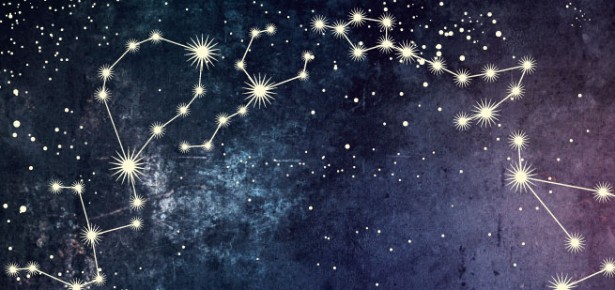When I was a kid, I poured over field guides to the night sky for hours – memorizing constellations like words that could be added to my vocabulary. One of my earliest memories is my parents taking me to watch the Perseid meteor shower, bundled up in layers of sweaters, sipping cocoa from a thermos on the roof of the car while we watched the sky fall above us. Though I began my obsession astronomy and amateur stargazing as a child, I didn’t see the Milky Way for myself until I was in my twenties. It had been a year of monumental and unwilling changes that landed me in an incredibly rural town in the middle of nowhere Illinois. It was a frigid, clear night and the sky above me rippled with thousands on thousands of tiny points of light. They were at once immediate and infinite. I’d never seen anything like it. I felt miniscule. I felt raw wonder. I felt powerful. I felt grounded. But more than anything, that life-changing moment made me realize I could never be content being entirely earthbound.
Somewhere in adulthood, we lose our capacity to dream. Those wild, dangerous dreams of childhood where anything seems possible. The wild, dangerous dreams that thought the world might not be flat. The dreams that motivated us to fly across the Atlantic. And the dreams that launched us into space. Our society has lost the capacity to dream. We’ve lost the priorities of wonder and discovery because we’ve sacrificed them to the golden calves of affluence and power. If we don’t explore, we stagnate. If we don’t wonder, we die inside.
Because of various, arguably ill advised, shortcuts, governmental funding for NASA has dwindled to the drip of a leaky faucet. NASA, the same organization who’s technology took us to the moon but also gave us water filters, cochlear implants, and insulin pumps. The NASA computers that took the United States to the moon housed less calculating capacity than the cell phones we carry in our pockets today. With proper funding, the dreamers who work at NASA can take us far beyond the moon (and possibly even invent new technologies that enrich our lives here on earth in the process). The most amazing thing to me is that they’re continuing this work even in the face of cutbacks and funding woes. Their wild, dangerous dreams are so important and they believe in them so much, they are willing to continue their impeded progress because they can still progress. This is the fever of world-changing dreams and the shame of such short-sighted funding.
Some people find NASA fascinating because of the pure science or the cutting edge technology. The mind-bogglingly complex theories, formulas, and research. The precision of the construction and the adrenaline thrill of a pass/fail test. And that’s all well and good. The world needs these things and the people to make them real.
But the world also needs the people who still dream the unfettered dreams of childhood that whisper to us in our waking hours. Who still hear the primal siren song of uncharted territories and wanting to know if there’s more than what we can see. The people who think, “I want to see Mars” and know in their bones that it is possible. An impossible theory that just might work. This is the fever dream that still fuels NASA. This is the cosmic conviction and itch of discovery that will never be satisfied until it is achieved. The world needs these people, too. The dreamers keep us accountable and protect our future.
I still have my first, dogeared constellation field guide. Some of the wear is old. Some of it is new. I still dream of the Milky Way and wake up flushed. I carry the faintest memory of breaking free of gravity and floating to the stars. And the sadness, on waking, of that loss that never quite goes away. Ad astra per aspera.

